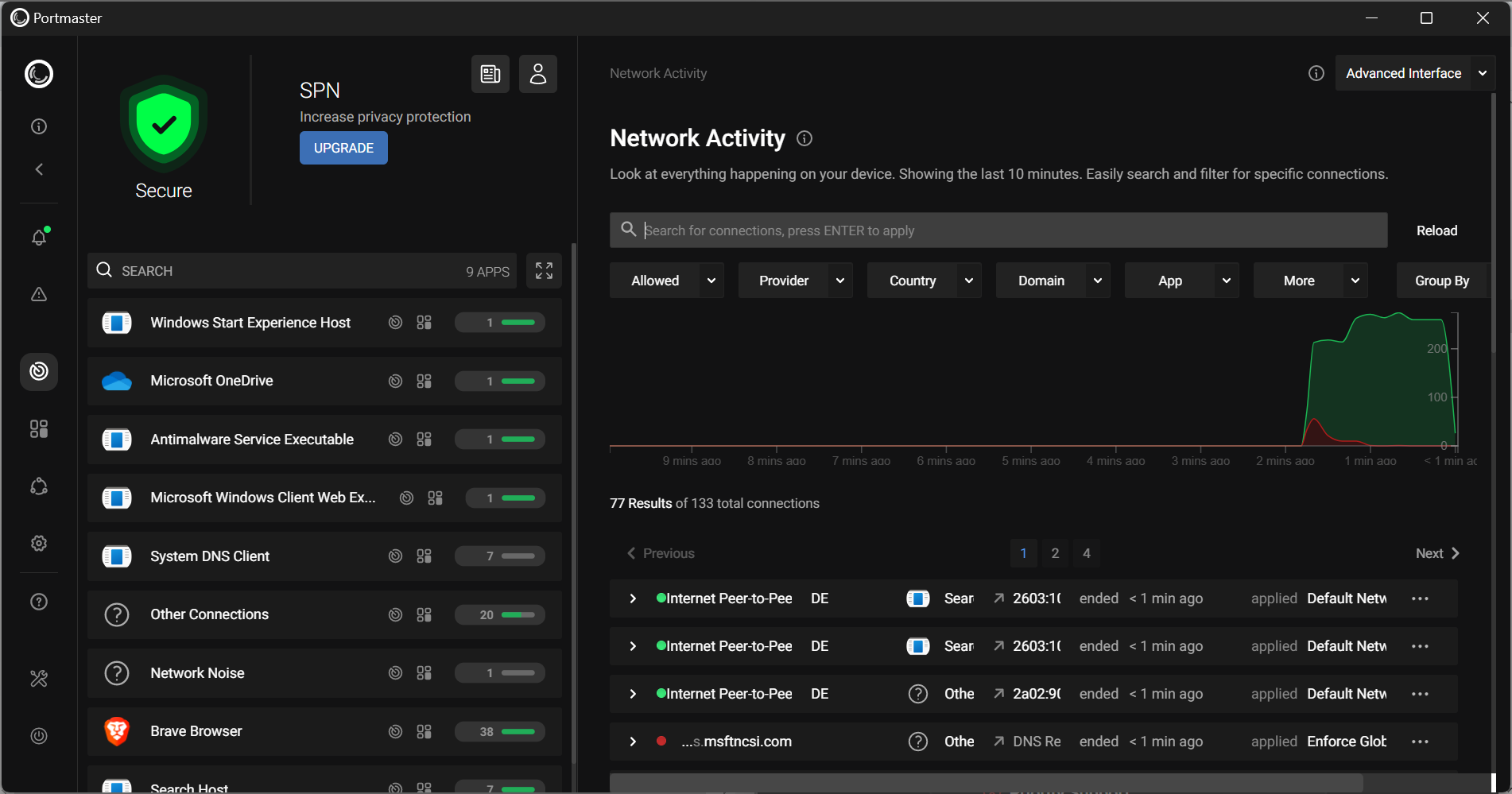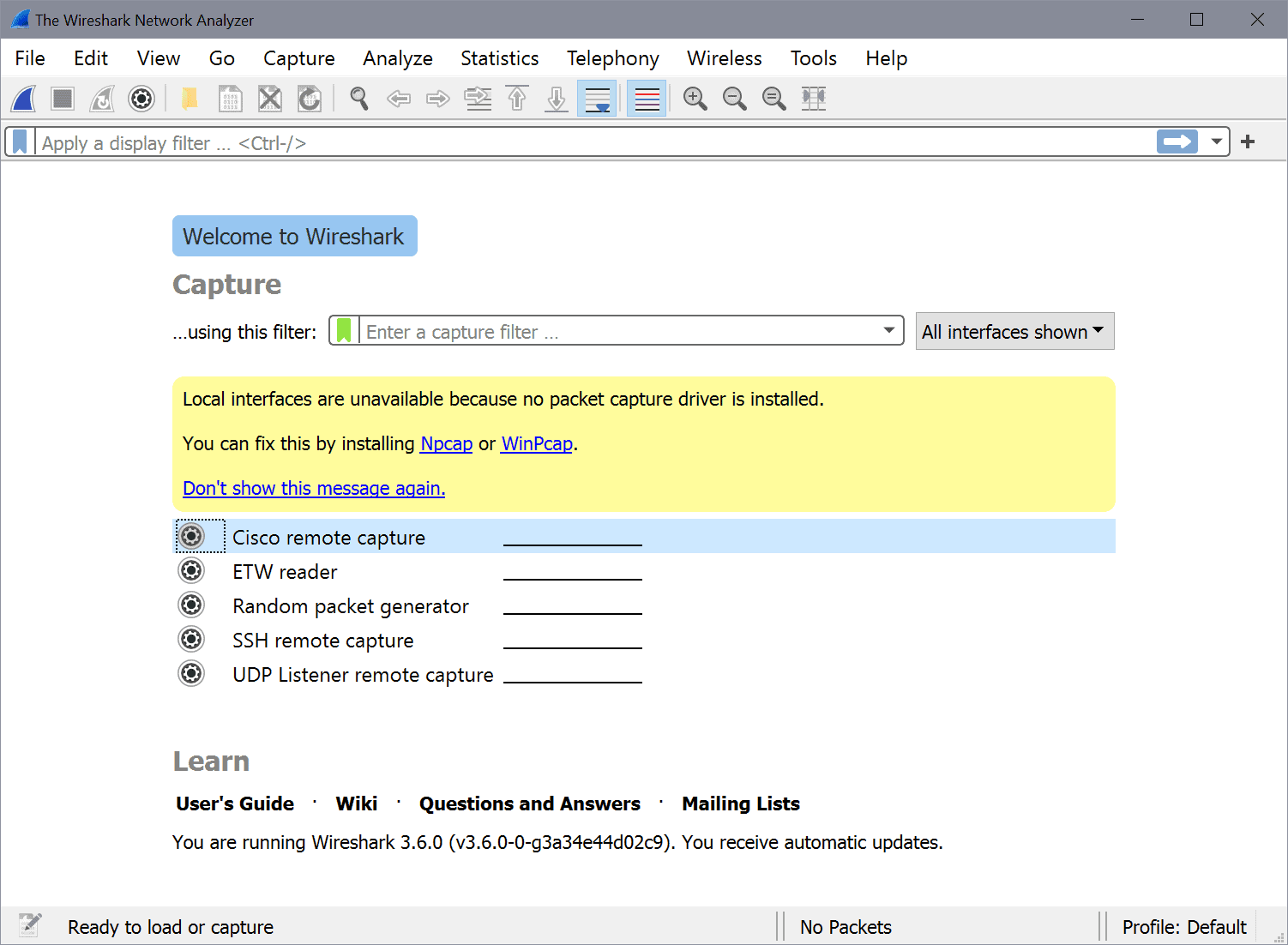Set your hostname in Linux
If you are an administrator then you know what a hostname is. If you are not an administrator then you should know the hostname of a computer is the name which a network attached device is known. Unless you have manually changed your hostname, or set it up during installation, your hostname will most likely be "localhost.localdomain".
Hostnames are most often used for administrative habits. In other words hostnames will show up in some scanning applications, can be used for name to IP address resolution, and much more. But to make this useful you will have to manually set your hostname on your Linux machine. This article will show you just how to do that.
Find your hostname
The most common means to find your host name is to open up a terminal window and enter the command:
hostname
If you have not set your hostname, more than likely you will see returned:
localhost.localdomain
A quick and easy way to spot if you have not changed your hostname is to check when you open up your terminal window. At your bash prompt you will see something like:
[jlwallen@localhost ~]$
As you can see a portion of the hostname (everything preceding the first ".") will be used in your prompt. In the example you see above you see "localhost" which should tell you the hostname has not been changed.
Temporarily changing your hostname
You can temporarily change your hostname by issuing a single command. You have to issue this command either using sudo or as the root user. To make this change you will use the same command you used to find out your hostname, only you will include the new hostname to the command. Say you want to change your hostname to "willow". To make this change temporarily issue the command:
hostname willow
Now issue the command hostname which should report back:
willow
This change will last until you reboot your machine.
Permanently changing your hostname
How you permanently change your hostname will depending upon which distribution you use. We'll examine making this change on both a Ubuntu system and a Fedora system. First Ubuntu.
On a Ubuntu system there is a file called /etc/hostname. The contents of this file will have a single line containing the hostname of your machine. Open up this file in your favorite editor, delete the default hostname, add your desired hostname, and save the file. To make this chang take effect issue the command:
/etc/init.d/hostname.sh start
This hostname will remain intact upon reboot.
Now to change your hostname in Fedora. This is taken care of in the /etc/sysconfig/network file. The default contents of this file will look like:
NETWORKING=yes
HOSTNAME=localhost.localdomain
Erase the "localhost.localdomain" portion and change that to reflect the hostname you want. Once you have made this change save the file. Once you have made this change issue the following command (as the root user):
/etc/rc.d/rc.sysinit
For the change to take effect.
Final thoughts
With your hostname changed applications like Lanmap will now be easier to use because machines will have unique names. This change will also make administering your systems easier because you will have set machine hostnames to reflect either the user of the machine or the machines' job.
Advertisement
















This:
/etc/rc.d/rc.sysinit
Should not be done on a FC/RHEL system running at any run level above single user.
–JSG
Don’t do a sysinit !!!!
Quick Ubuntu way:
sudo echo ‘newname’ > /etc/hostname
Thanks, Jack. I assume that I would have to add the host-name line to each machine on the network? That doesn’t help because the IP address changes each time I connect / disconnect from the network (laptop computer). I do not want to add a Samba server, I am surprised that there is no native way to do this in Linux alone.
Dotan: If the machine is a part of a domain it should appear without having to map it on the other machines. if it is not a part of a domain you will have to map it. for this to really work effectively, you might have to employ the help of Samba. if you are using DHCP you can always set your hostname in the dhclient.conf file. you can add a line like:
send host-name “HOSTNAME”
which should make sure your router (or DHCP server) knows your hostname.
If I change the hostname of a machine, will other machines on the LAN (DHCP handed out by a router) be able to access that machine by hostname instead of IP address automatically, or will I have to make other configuration changes so that other machines will be able to associate the new name with that machine?
Thanks.
lmgtfy?